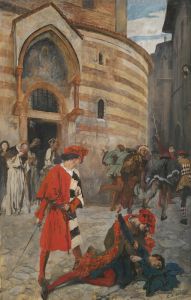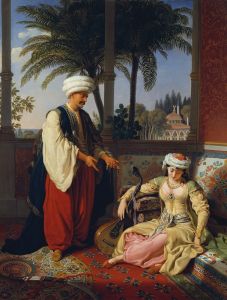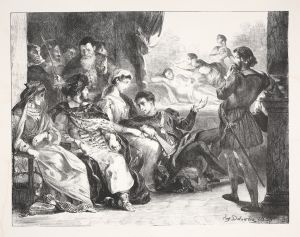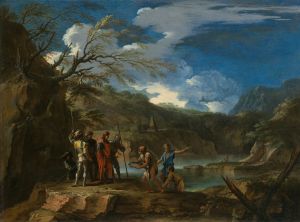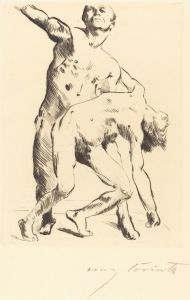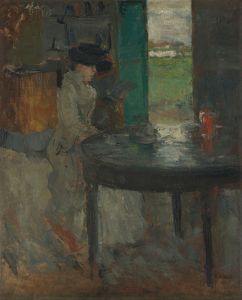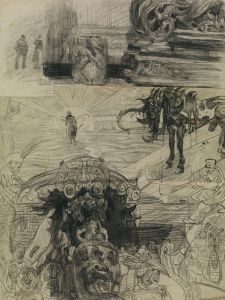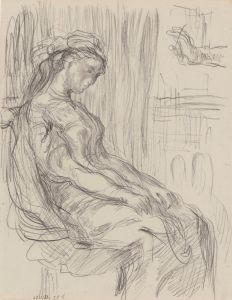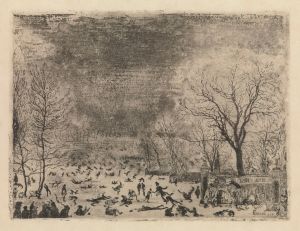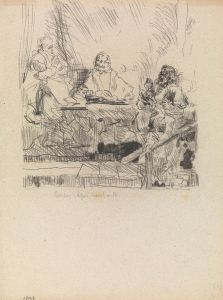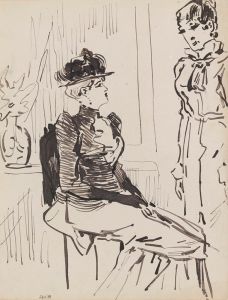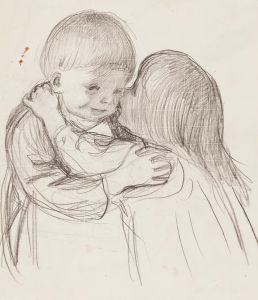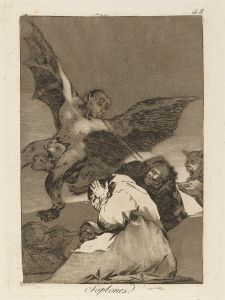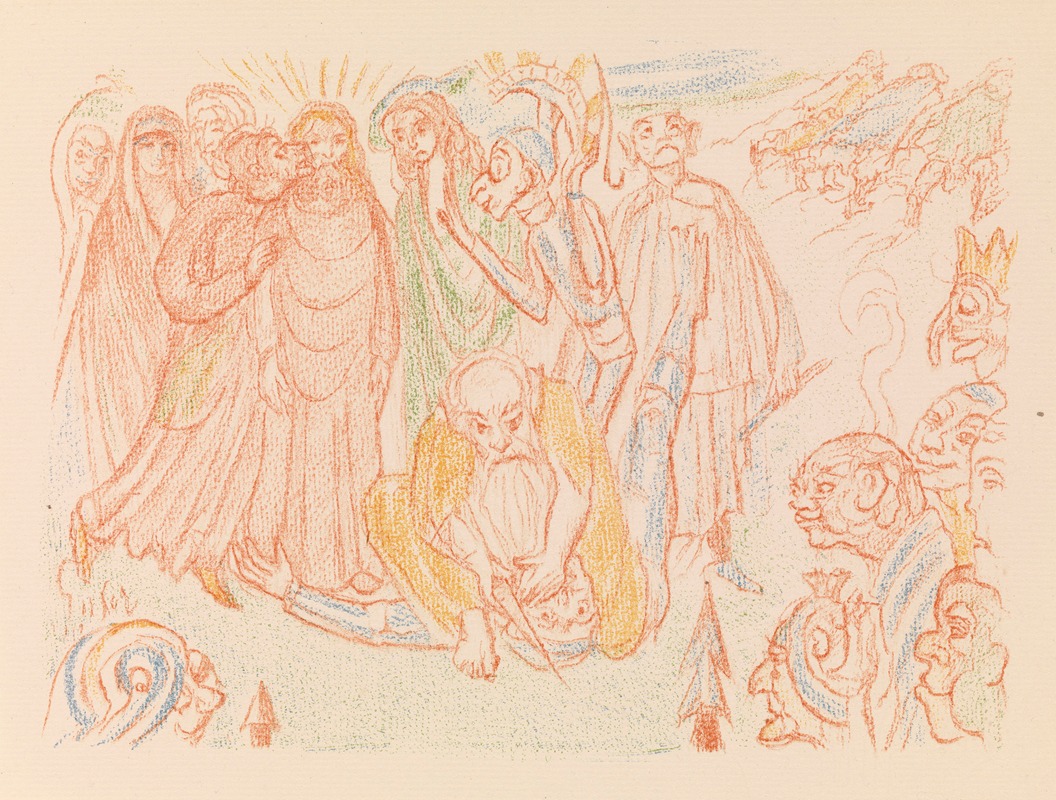
The Kiss of Judas
A hand-painted replica of James Ensor’s masterpiece The Kiss of Judas, meticulously crafted by professional artists to capture the true essence of the original. Each piece is created with museum-quality canvas and rare mineral pigments, carefully painted by experienced artists with delicate brushstrokes and rich, layered colors to perfectly recreate the texture of the original artwork. Unlike machine-printed reproductions, this hand-painted version brings the painting to life, infused with the artist’s emotions and skill in every stroke. Whether for personal collection or home decoration, it instantly elevates the artistic atmosphere of any space.
James Ensor, a prominent Belgian painter known for his avant-garde style and unique approach to traditional subjects, created "The Kiss of Judas" in 1888. This painting is a significant work within Ensor's oeuvre, reflecting his fascination with religious themes and his distinctive use of color and form.
"The Kiss of Judas" depicts the biblical scene of Judas Iscariot betraying Jesus Christ with a kiss, an event that leads to Jesus' arrest and subsequent crucifixion. This moment is a pivotal episode in the Christian narrative of the Passion of Christ, symbolizing betrayal and the beginning of Jesus' suffering. Ensor's interpretation of this scene is notable for its dramatic use of color and expressive figures, characteristics that are hallmarks of his style.
Ensor was part of the Symbolist movement, which often explored themes of spirituality, mysticism, and the human condition. His work frequently incorporated elements of satire and social commentary, and "The Kiss of Judas" can be seen as a reflection of these interests. The painting is imbued with a sense of theatricality, a common feature in Ensor's work, which often blurs the line between reality and performance.
In "The Kiss of Judas," Ensor employs a vivid color palette, using bold reds, blues, and yellows to create a striking visual impact. The figures in the painting are rendered with exaggerated expressions and gestures, emphasizing the emotional intensity of the scene. Ensor's use of light and shadow adds to the drama, highlighting the central figures of Jesus and Judas amidst a chaotic crowd.
The composition of the painting is dynamic, with a sense of movement and tension that draws the viewer into the narrative. Ensor's brushwork is loose and expressive, contributing to the overall sense of urgency and turmoil. This approach is typical of Ensor's style, which often eschews precise detail in favor of conveying mood and emotion.
Ensor's choice to depict this particular biblical scene may also reflect his personal views on the themes of betrayal and hypocrisy, subjects he explored in other works as well. Throughout his career, Ensor was known for his critical perspective on society and its institutions, and "The Kiss of Judas" can be interpreted as a commentary on the darker aspects of human nature.
"The Kiss of Judas" is housed in the Royal Museum of Fine Arts in Antwerp, Belgium, where it remains an important part of the collection. The painting is a testament to Ensor's innovative approach to art and his ability to infuse traditional subjects with modern sensibilities. Through works like this, Ensor has secured his place as a key figure in the development of modern art, influencing subsequent generations of artists with his bold vision and unique style.





